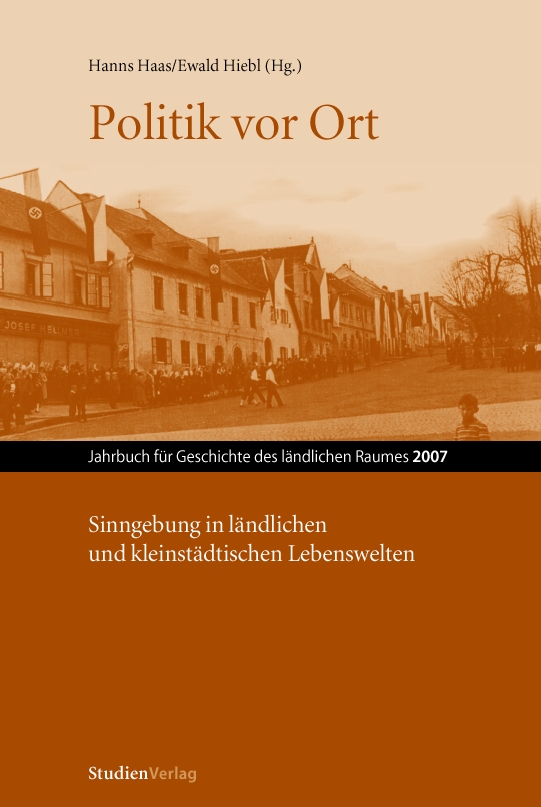Grenze, Identität und Kulturlandschaft
Mährisch Pilgersdorf/Pelhřimovy im Hotzenplotzer Ländchen/ Osoblažsko
DOI:
https://doi.org/10.25365/rhy-2007-6Abstract
The article deals with attempts to create a stable lifeworld in the Czech village Mährisch Pilgersdorf/Pelhřimovy which finally failed. Mährisch Pilgersdorf was a small agrarian village on the border between the Habsburg Empire and Prussia, later between the Czech Republic and Germany. However, the everyday contacts to the neighbouring Schlesisch Pilgersdorf in German Silesia were not constricted by the border until World War II. Habsburg or German Patriotism as well as more differentiated nationalist patterns such as German Bohemian or Sudeten German orientations only emerged on the surface of social relations within traditional lifeworlds oriented towards cooperation. In 1945 the German population of both villages was expelled. Schlesisch Pilgersdorf was immediately resettled by Polish emigrants who had to leave their home in the inland. The Czech ‘colonisation’ of Mährisch Pilgersdorf was less successful due to the adverse conditions for building up a new village community. In the end, the regional political administration decided to abandon the village completely due to safety reasons.


